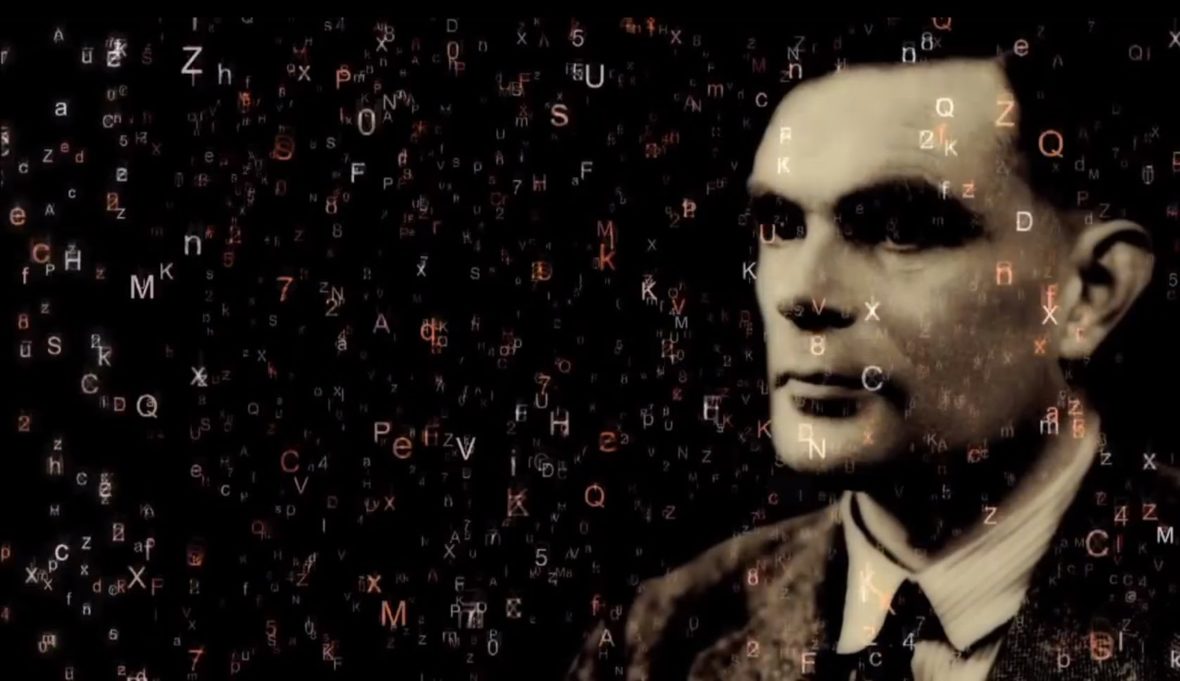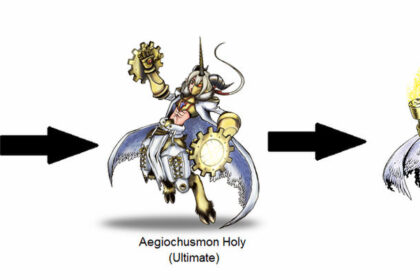Alan Mathison Turing was an English computer scientist, mathematician, logician, crpytanalyst, philosopher and theoretical biologist. Turing was highly influential in the development of theoretical computer science, providing a formalization of the concepts of algorithm and computation with the Turing machine, which can be considered as an early model of a general purpose computer. Take a look below for 30 more interesting and awesome facts about Alan Turing.
1. Turing is widely considered to be the father of theoretical computer science and artificial intelligence.
2. During World War II, Turing worked for the Government Code and Cypher School at Bletchley Park, Britain’s codebreaking center that produced Ultra intelligence.
3. For a time, he led Hut 8, the section which was responsible for German naval cryptanalysis.
4. He devised a number of techniques for speeding the breaking of German ciphers, including improvements to the pre-war Polish bombe method and an eletromechanical machine that could find settings for the Enigma machine.
5. Turing played a pivotal role in cracking intercepted coded messages that enabled the Allies to defeat the Nazis in many crucial engagements, including the Battle of the Atlantic, and in doing so, helped win the war.
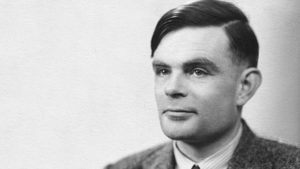
6. Counterfactual history is difficult with respect to the effect Ultra intelligence had on the length of the war, but at the upper end it has been estimated that this work shortened the war in Europe by more than two years and saved over 14 million lives.
7. After the war, Turing worked at the National Physical Laboratory, where he designed ACE, among the first designs for a stored-program computer.
8. In 1948, Turing joined Max Newman’s Computing Machine Laboratory at the Victoria University of Manchester, where he helped develop the Manchester computers and became interesting in mathematical biology.
9. He wrote a paper on the chemical basis of morphogenesis, and predicted oscillating chemical reactions such as the Belousov-Zhabotinsky reaction, which was first observed in the 1960s.
10. Turing was prosecuted in 1952 for homosexual acts, when by the Labouchere Amendment, “gross indecency” was a criminal offence in the U.K.
11. He accepted chemical castration treatment, with DES, as an alternative to prison.
12. Turing died in 1954, 16 days before his 42nd birthday, from cyanide poisoning. An inquest determined that his death was suicide, but it has been noted that the known evidence is also consistent with accidental poisoning.
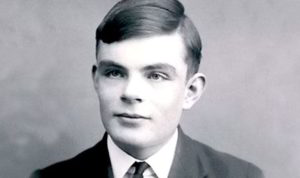
13. In 2009, following an Internet campaign, British Prime Minister Gordon Brown made an official public apology on behalf of the British government for, “the appalling way he was treated.”
14. Queen Elizabeth II granted Turing a posthumous pardon in 2013.
15. The Alan Turing law is now an informal term for a 2017 law in the United Kingdom that retroactively pardoned men cautioned or convicted under historical legislation that outlawed homosexual acts.
16. Turing was born in London in 1912, and at school was able to solve complex problems without having been taught them.
17. He once cycled almost 100 kilometers from his home to school as the General Strike was on.
18. Turing often ran 60 kilometers to London for meetings, and he liked to chain his coffee mug to a radiator at Bletchley Park to stop other people from using it.
19. In 1948, he wrote a chess program for a computer that had yet to be invented. He also published several important papers on mathematical biology.
20. He worked on standards for machines to be called intelligent. The same principle is used today in online CAPTCHA tests, which determine whether a user is a person or a bot.
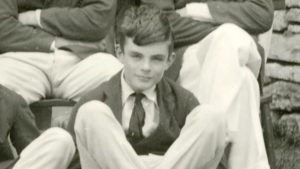
21. There is a statue of Turing in Whitworth Gardens, Manchester.
22. In 2012, the Olympic flame was passed from one person to another in front of the statue, on what would have been his 100th birthday.
23. Turing’s father was the son of a clergyman, the Rev. John Robert Turing, from a Scottish family of merchants that had been based in the Netherlands and included a baronet.
24. Turing’s mother, Julius’ wife, was Ethel Sara, daughter of Edward Waller Stoney, chief engineer of the Madras Railways.
25. The headmistress at Turing’s school recognized his talent early on, as did many of his subsequent educators. In 1926, at the age of 13, he went on to Sherborne School, an independent school in the market town of Sherborne in Dorset.
26. Turing’s natural inclination towards mathematics and science didn’t earn him respect from some of the teachers at Sherborne, whose definition of education placed more emphasis on the classics.
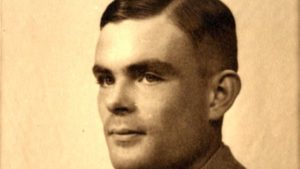
27. In 1928, at the age of 16, Turing found Albert Einstein‘s work. Not only did he grasp it, but it’s possible that he managed to deduce Einstein’s questioning of Newton‘s laws of motion from a text in which this was never made explicit.
28. At Sherborne, Turing formed a friendship with fellow student Christopher Morcom, who has been described as Turing’s first love.
29. Some people have speculated that Morcom’s early death was the cause of Turing’s atheism and materialism, but other’s have noted that it’s unlikely.
30. Turing studied as an undergraduate from 1931 to 1934 at King’s College, Cambridge, where he gained first-class honors in mathematics.

